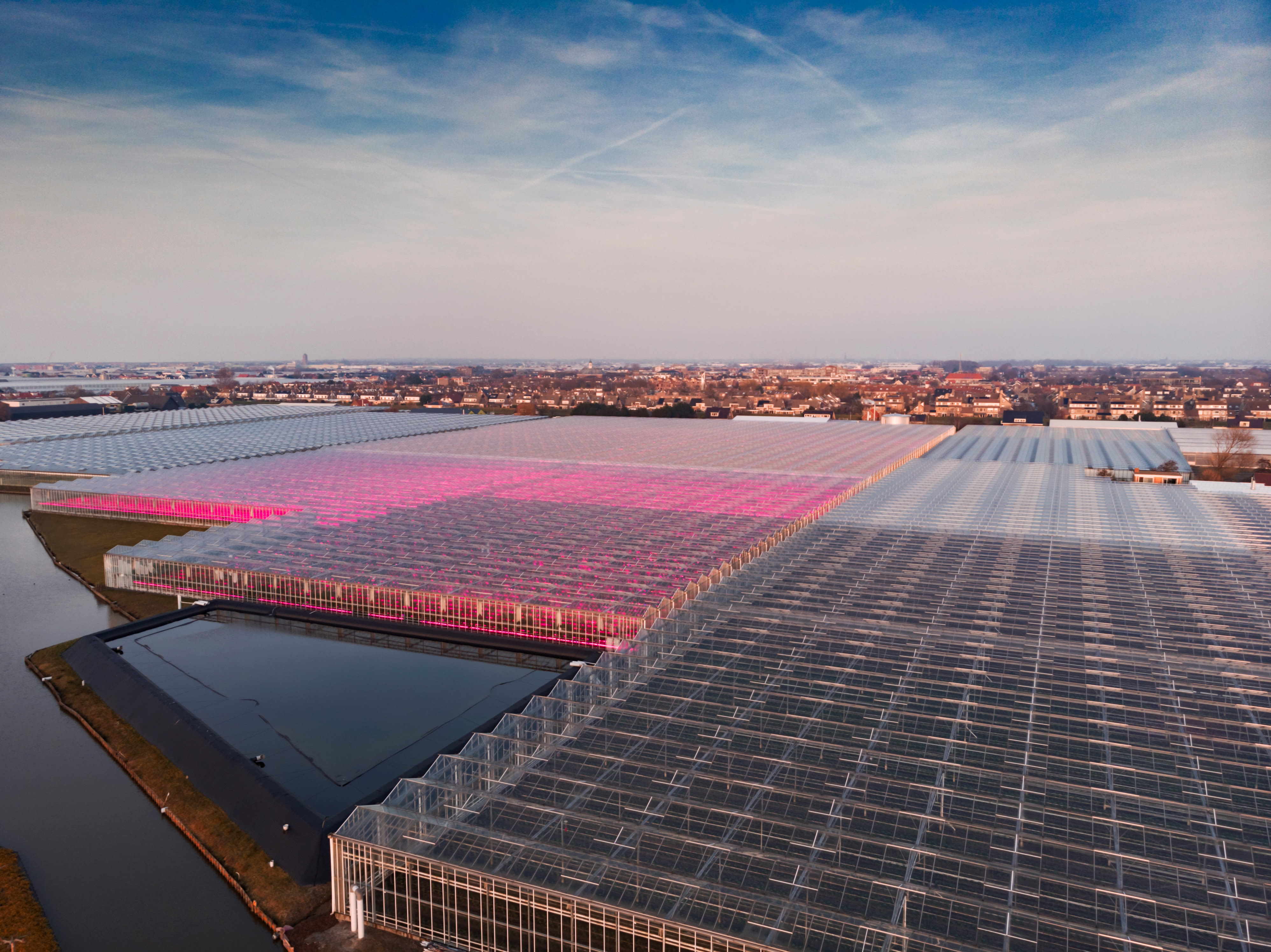Blue sky science for Growing Futures™
Blue sky science for Growing Futures™
Blue sky science for Growing Futures™
What will the world need in the future to keep feeding the global population? With more people moving to urban areas and less land for agriculture, how will we make sure we can provide the right foods for future generations?
We’ve looked at what consumers and food producers might need to make sure nutritious, tasty food remains sustainable beyond the next decade. We’ve asked ourselves how we can use our science to answer these big questions, to shape food production so we will be able to provide good quality food to feed a growing population whilst having less impact on the natural environment.
We’re working on what we believe will make the most difference to our collective future - our Growing Futures™ Directions.
Horticultural Production goes Urban
Hua ki te Ao
By 2050, almost two-thirds of people will live in cities. We’re creating the science and technologies needed to produce food closer to consumers and that makes growing plants in urban environments possible. We also aim to produce fruits and vegetables all year round, so we can all eat what we want when we want it.
Digital Horticultural Systems
Feeding a population of more than nine billion people in 2050 will require us to optimise our land and water resources to sustainably produce more food. We’re creating digital production system simulators so we can understand the long-term impacts of different decisions on food production before we even plant the crop.
Open Ocean Aquaculture
Ngā Tai Hōhonu
Seafood is a high-value, nutritious source of protein, but sourcing fish from wild populations and aquaculture in coastal waters is limited. We’re looking at how we can grow fish in captivity in the ocean, creating new aquaculture systems designed to give fish everything they need to thrive.
